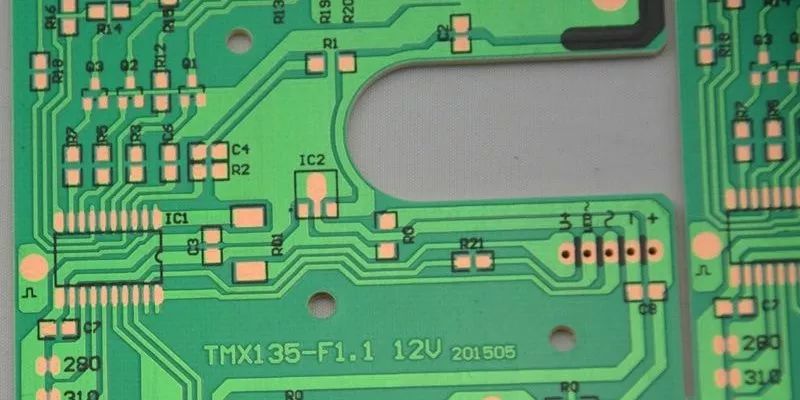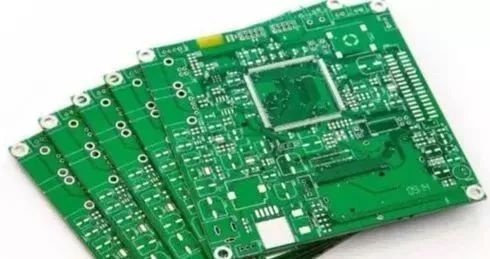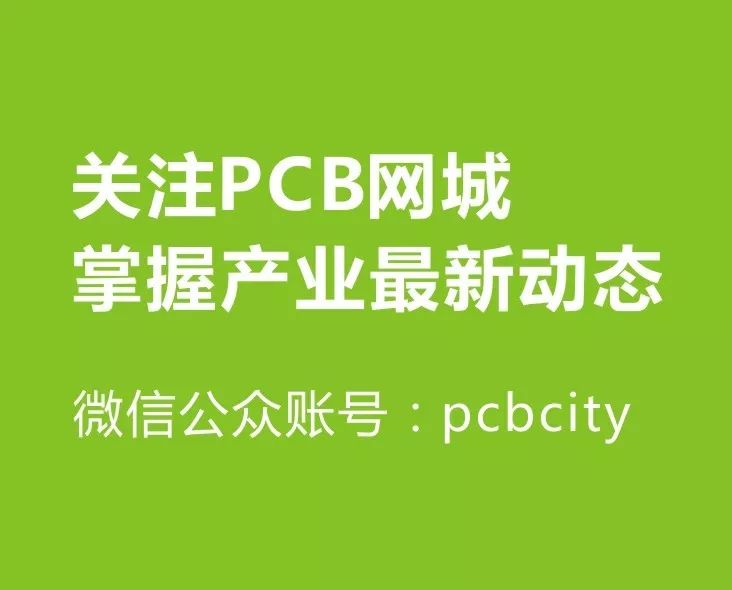
PCB Network News

There are numerous standards in the circuit board industry, but how many of the commonly used printed circuit board standards do you know? The following is for your reference:

1) IPC-ESD-2020: Joint standard for the development of electrostatic discharge control programs. It includes the design, establishment, implementation, and maintenance necessary for an electrostatic discharge control program. It provides guidance for handling and protection during electrostatic discharge-sensitive periods based on historical experiences from certain military and commercial organizations.
2) IPC-SA-61A: Manual for semi-aqueous cleaning after soldering. It covers all aspects of semi-aqueous cleaning, including chemical residues, production residues, equipment, processes, process control, as well as environmental and safety considerations.
3) IPC-AC-62A: Manual for aqueous cleaning after soldering. It describes the types and properties of manufacturing residues, aqueous cleaning agents, the process of aqueous cleaning, equipment and processes, quality control, environmental control, employee safety, and the determination and costs of cleanliness.
4) IPC-DRM-40E: Through-hole soldering evaluation desktop reference manual. It provides a detailed description of components, hole walls, and solder joint coverage as required by standards, including computer-generated 3D graphics. It covers solder filling, contact angles, solder wetting, vertical filling, pad coverage, and numerous solder joint defect situations.
5) IPC-TA-722: Soldering technology evaluation manual. It includes 45 articles on various aspects of soldering technology, covering conventional soldering, solder materials, manual soldering, batch soldering, wave soldering, reflow soldering, vapor phase soldering, and infrared soldering.
6) IPC-7525: Template design guidelines. It provides guidelines for the design and manufacturing of templates for solder paste and surface mount adhesive application, discusses template design for surface mount technology applications, and introduces techniques with through-hole or flip-chip components, including stencil, double-stencil, and stage-style template designs.
7) IPC/EIAJ-STD-004: Specification requirements for flux, including Appendix I. It includes technical specifications and classifications for rosin, resin, etc., classifying organic and inorganic flux based on halide content and activation level; it also covers the use of flux, substances containing flux, and low-residue flux used in no-clean processes.
8) IPC/EIAJ-STD-005: Specification requirements for solder paste, including Appendix I. It lists the characteristics and technical specifications required for solder paste, including testing methods and standards for metal content, as well as viscosity, slump, solder balls, tackiness, and solder paste wetting performance.
9) IPC/EIAJ-STD-006A: Specification requirements for electronic grade solder alloys, fluxes, and non-flux solid solders. It provides terminology, specification requirements, and testing methods for electronic grade solder alloys, rod, ribbon, powder fluxes, and non-flux solders for electronic solder applications.
10) IPC-Ca-821: General requirements for thermally conductive adhesives. It includes requirements and testing methods for thermally conductive dielectrics that bond components to the appropriate locations.
11) IPC-3406: Guidelines for conductive surface coating adhesives. It provides guidance for selecting conductive adhesives as solder alternatives in electronic manufacturing.
12) IPC-AJ-820: Assembly and soldering manual. It includes descriptions of inspection techniques for assembly and soldering, including terminology and definitions; types of printed circuit boards, components, and pins; materials for solder joints; specifications and outlines for component installation and design; soldering techniques and packaging; cleaning and coating; quality assurance and testing.
13) IPC-7530: Temperature curve guidelines for batch soldering processes (reflow soldering and wave soldering). It provides guidance for establishing optimal profiles using various testing means, techniques, and methods in temperature curve acquisition.
14) IPC-TR-460A: Troubleshooting checklist for wave soldering of printed circuit boards. It recommends a corrective action checklist for failures that may be caused by wave soldering.
15) IPC/EIA/JEDECJ-STD-003A: Solderability testing for printed circuit boards.
16) J-STD-013: Application of ball grid array packaging (SGA) and other high-density technologies. It establishes specification requirements and interactions necessary for printed circuit board packaging processes, providing information for high-performance and high-pin-count integrated circuit packaging interconnections, including design principle information, material selection, board manufacturing and assembly techniques, testing methods, and reliability expectations based on end-use environments.
17) IPC-7095: Supplement for the design and assembly processes of SGA devices. It provides various useful operational information for those using SGA devices or considering transitioning to array packaging forms; it provides guidance for the inspection and repair of SGA and reliable information in the SGA field.

18) IPC-M-I08: Cleaning guidelines manual. It includes the latest version of IPC cleaning guidelines, assisting manufacturing engineers in deciding the cleaning processes and troubleshooting for products.
19) IPC-CH-65-A: Cleaning guidelines for printed circuit board assembly. It provides references for currently used and emerging cleaning methods in the electronics industry, including descriptions and discussions of various cleaning methods, explaining the relationships between various materials, processes, and contaminants in manufacturing and assembly operations.
20) IPC-SC-60A: Manual for solvent cleaning after soldering. It discusses the use of solvent cleaning techniques in automatic and manual soldering, covering solvent properties, residues, and issues related to process control and the environment.
21) IPC-9201: Surface Insulation Resistance manual. It includes terminology, theory, testing processes, and testing means for Surface Insulation Resistance (SIR), as well as temperature and humidity (TH) testing, failure modes, and troubleshooting.
22) IPC-DRM-53: Introduction to the desktop reference manual for electronic assembly. It illustrates through-hole mounting and surface mount assembly techniques with diagrams and photos.
23) IPC-M-103: Surface mount assembly manual standards. This section includes all 21 IPC documents related to surface mount.
24) IPC-M-I04: Printed circuit board assembly manual standards. It contains the 10 most widely used documents regarding printed circuit board assembly.
25) IPC-CC-830B: Performance and identification of electronic insulation compounds in printed circuit board assembly. An industrial standard for conformal coatings that meets quality and qualification.
26) IPC-S-816: Process guidelines and checklist for surface mount technology. This troubleshooting guide lists all types of process issues encountered in surface mount assembly and their solutions, including bridging, solder voids, misaligned components, etc.
27) IPC-CM-770D: Component installation guidelines for printed circuit boards. It provides effective guidance for the preparation of components in printed circuit board assembly and reviews related standards, influences, and distributions, including assembly techniques (both manual and automatic, and surface mount technology and flip-chip assembly techniques) and considerations for subsequent soldering, cleaning, and coating processes.
28) IPC-7129: Calculation of defects per million opportunities (DPMO) and manufacturing indicators for printed circuit board assembly. It provides a satisfactory method for calculating the benchmark indicators for defects and quality-related industrial sectors agreed upon by consensus; it provides a satisfactory method for calculating the benchmark indicator for defects per million opportunities.
29) IPC-9261: Yield estimation for printed circuit board assemblies and defects per million opportunities during assembly. It defines a reliable method for calculating defects per million opportunities during printed circuit board assembly, serving as a measure for evaluating various stages of the assembly process.
30) IPC-D-279: Guidelines for reliable surface mount technology printed circuit board assembly design. Guidelines for the reliability manufacturing processes of printed circuit boards using surface mount technology and hybrid technology, including design considerations.
31) IPC-2546: Combined requirements for conveying key points in printed circuit board assembly. It describes material movement systems, such as drivers and buffers, manual placement, automated screen printing, adhesive automatic dispensing, automated surface mount placement, automated through-hole placement, forced convection, infrared reflow ovens, and wave soldering.
32) IPC-PE-740A: Troubleshooting in printed circuit board manufacturing and assembly. It includes case records and corrective activities for problems occurring during the design, manufacturing, assembly, and testing of printed circuit products.
33) IPC-6010: Series of manuals for quality standards and performance specifications for printed circuit boards. It includes quality standards and performance specification standards established by the American Printed Circuit Board Association for all printed circuit boards.
34) IPC-6018A: Inspection and testing of microwave finished printed circuit boards. It includes performance and qualification requirements for high-frequency (microwave) printed circuit boards.
35) IPC-D-317A: Guidelines for electronic packaging design using high-speed technology. It provides guidance for the design of high-speed circuits, including mechanical and electrical considerations and performance testing.

Follow 【PCB Network City】 for the latest industry news and gain a competitive edge in the industry. The WeChat public platform provides new services for PCB professionals.

